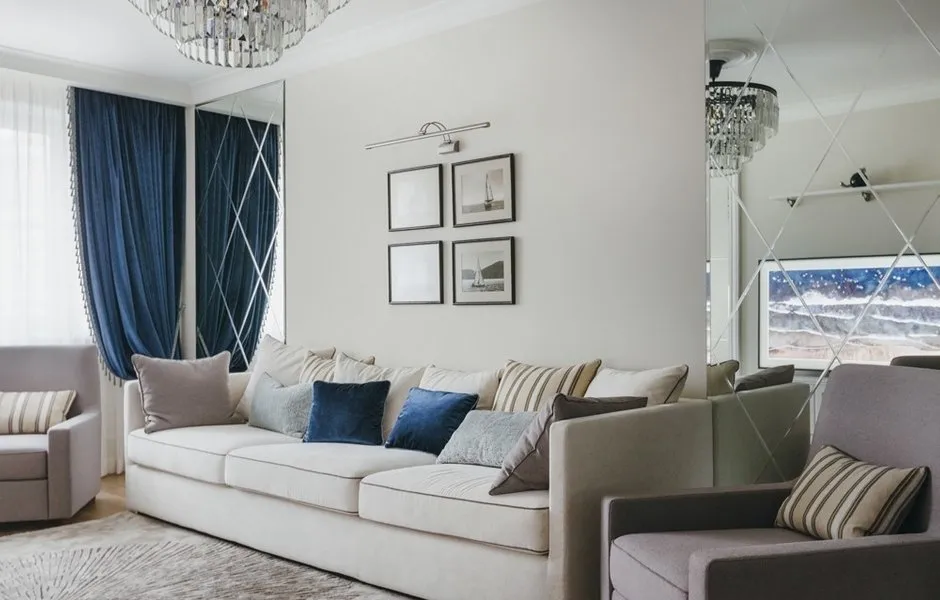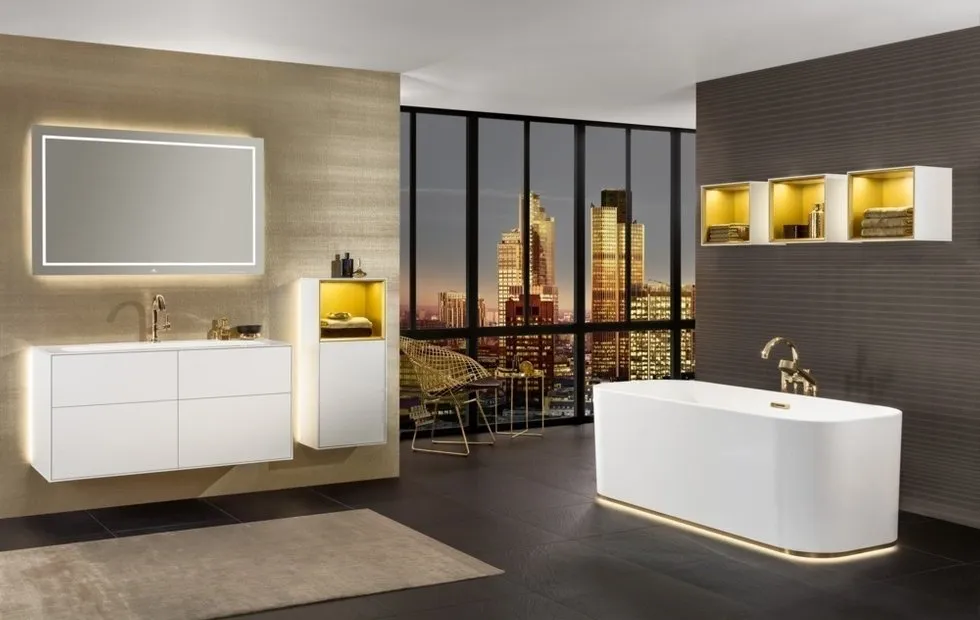There can be your advertisement
300x150
Communication with the Client: 5 Rules for Beginner Designers
Stepan Bugayev — an expert, curator of the Interior Design School at HSE University, founder of the «Design Point» studio
Mood
You should come to the meeting with the client in a cheerful and rested mood, smile, and always present your ideas in a positive light. If you are exhausted, your interlocutor will most likely feel it and won't be satisfied. This advice may seem quite banal, but many designers often ignore it.
Criticism and Argumentation
React to criticism calmly, without showing excessive emotions. The best option is to positively justify why you did everything exactly the way you did, and not as the client wants. Argue your position professionally — and most likely, people will listen to you. Describe the situation from different angles, provide examples from your professional experience, and if none of these convince the client of your correctness, offer alternative approaches.
Personal Meetings vs Remote Problem Solving
Your concepts should be presented in a personal meeting. You don't need to send them by email beforehand: ideas can be misunderstood completely differently than you expect.
It's better to negotiate changes in person, as phone discussions don't always lead to desired results.
Remote communication is best used for clarifying minor comments and edits.
Fixed Stages of a Design Project
Often, it happens that the client likes everything at the meeting, goes home and takes time to think — and after a few days completely changes their mind. To avoid endless project revisions later, write down and fix all stages of the project immediately.
Where possible, explain to the client that if he is designing for himself, he should listen to his own opinion first.
Try to reach a common decision right at the meeting and document the result. It's better to do this in the form of a report and ask the client to sign after each completed stage.
Get Feedback in Time
If you have any remaining questions, discuss them with the client additionally before starting work. Creating a concept based solely on your own vision is unlikely to lead to a result that satisfies the client. If there are gaps, it's best to organize pre-meetings with intermediate results, for example, discussing a mood board before creating collages.
More articles:
 Where to Find Inspiration? Tips for Beginning Designers
Where to Find Inspiration? Tips for Beginning Designers IKEA 2019: now not only furniture
IKEA 2019: now not only furniture Modern Returns: How to Decorate Interior in New Art Deco Style
Modern Returns: How to Decorate Interior in New Art Deco Style Setting up a Wardrobe: Tips from a Stylist
Setting up a Wardrobe: Tips from a Stylist Mirrors as a Fashionable Accent in Interior Design: 15 Ideas
Mirrors as a Fashionable Accent in Interior Design: 15 Ideas Changing Electrical Wiring: What You Need to Know Before the Electrician Arrives
Changing Electrical Wiring: What You Need to Know Before the Electrician Arrives Bathroom Lighting: 3 Ideas
Bathroom Lighting: 3 Ideas Report: How IKEA Opened Its First Design Studio in Moscow
Report: How IKEA Opened Its First Design Studio in Moscow